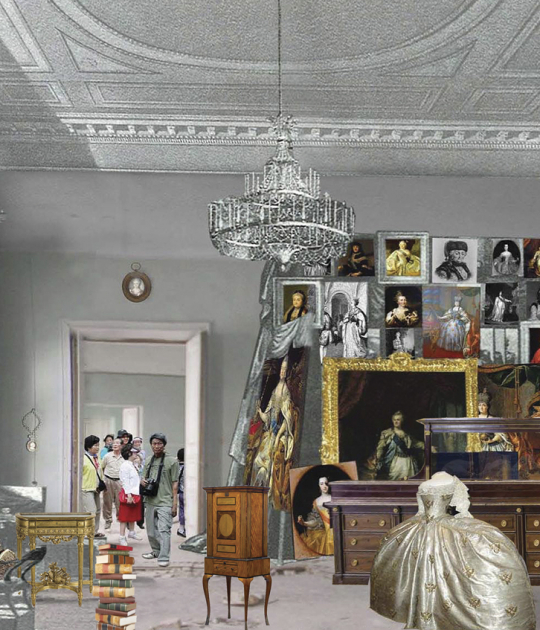The artistic interest of Ding Musa(1979, Sao Pablo), focus on light, perception, space and geometric froms. When the viewer looks at an image knowing that is a photograph, it takes to understanding what reality is represented. This is a natural process from which the viewer understands the world, paying attention to knowing its origin. Inside Ding's work, this process seems to be less direct aout nature and the qualities of the works that he or she is looking at.
Questioning the function and the use of existing images and with the interest of looking for other possible ways of relating to them, the artist proposes a new visual construction of the world, of the possibilities of representing and relating to it from the photographic point of view. In this sense, Musa is looking to expand the traditional concept of photography, as a support of representation, reflecting on its essential properties.His photos, videos, objects and installations, that don't have a subject matter, narrative or reference in a traditional sense propose a meditative experience, a return to the structural unity of the image connecting with fears probably more appropiate to other disciplines of contemporary art.
Ding Musa does a complete tour, from the wall to the volumetric space and vive versa, where images resonate, they are called between one another, confronting and complementing one another. Unavoudably, they refer to reality, even though they begin with abstraction as their initial point. In this sense, there is a political interest that manifest beyond an apparent reading. The process of representation that applies to the image, as well as the choice to return to the elemental visual unity, obliges the viewer to rethink the way in which we relate the environment around us and to analyze it from a critical perspective.



































